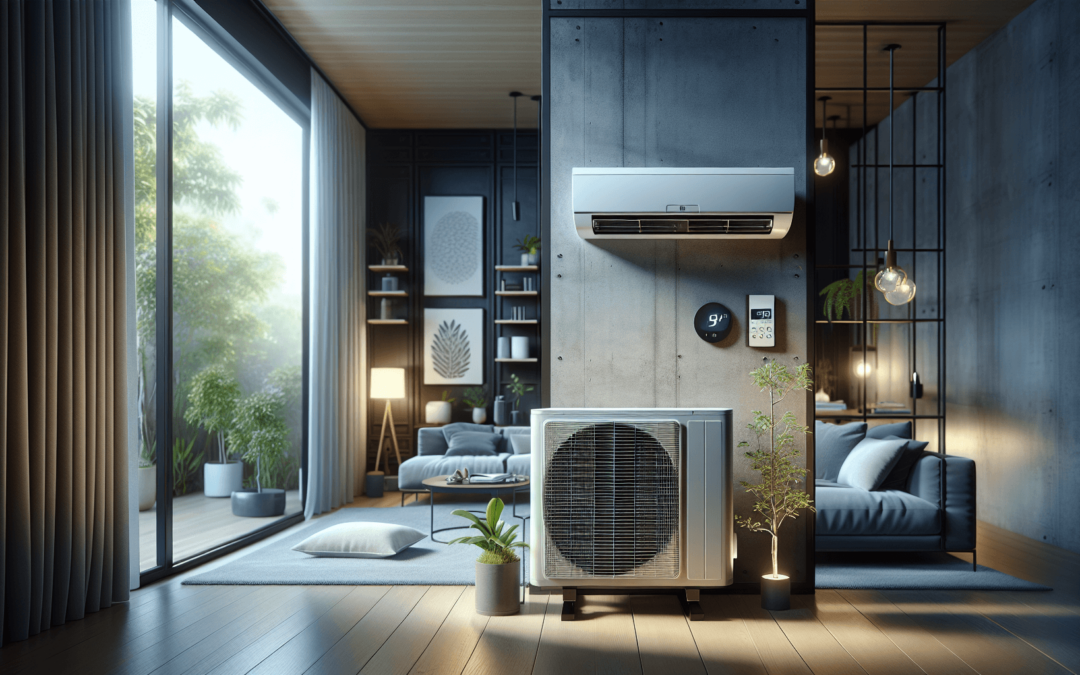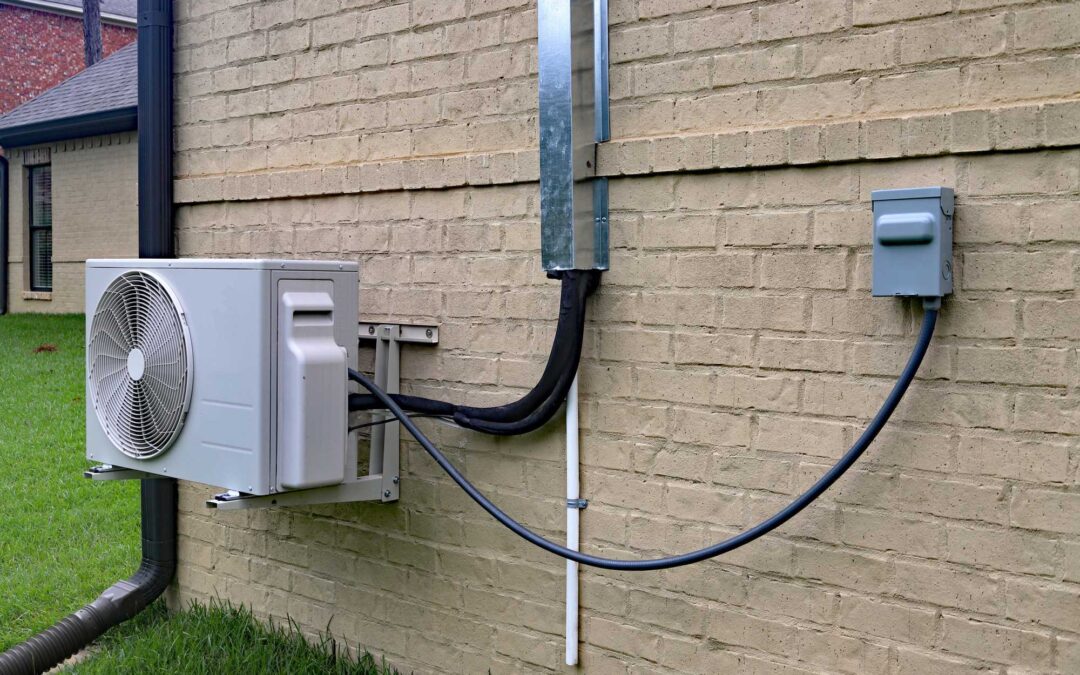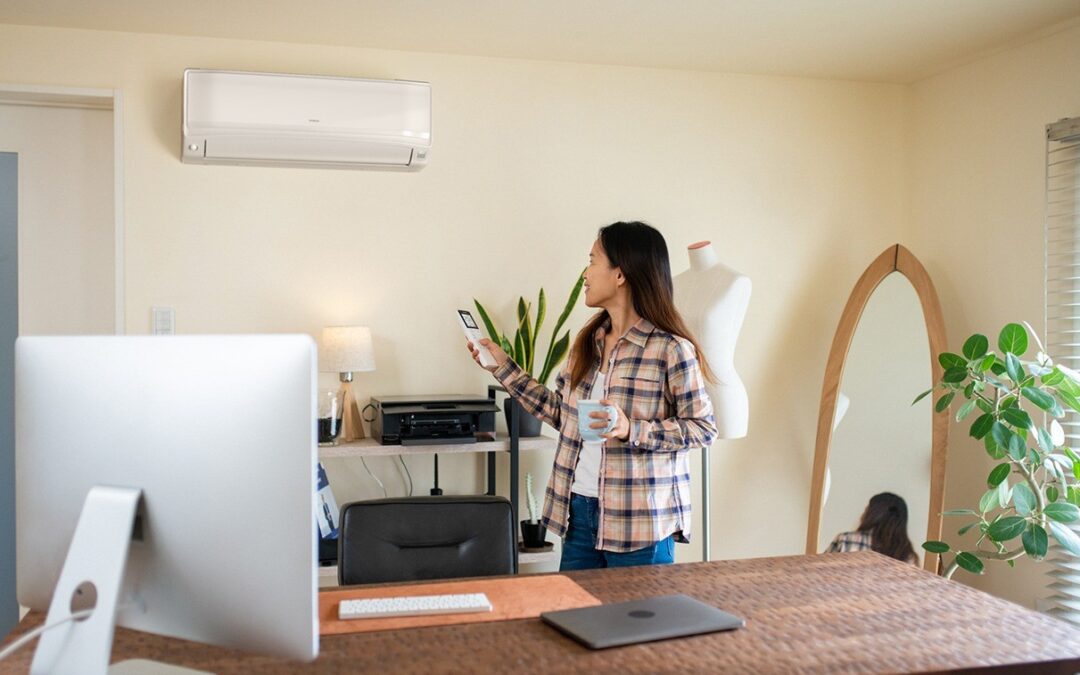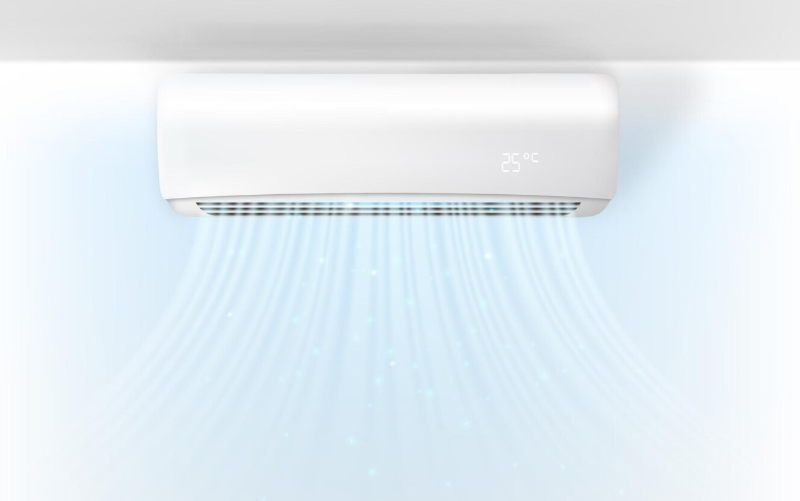Breathe Easier: Demystifying HVAC Filters for Cleaner Indoor Air
You change your HVAC filter religiously, but still wake up stuffy. Your “allergy-friendly” filter claims to capture dust, yet your energy bills creep higher. Sound familiar? Choosing the right HVAC filter isn’t about grabbing the priciest option – it’s a science. Get it wrong, and you compromise air quality, strain your system, or waste money.
Let’s cut through the marketing noise and find the best filter for your health, home, and HVAC system.
The Core Challenge: Balancing Air Purity vs. Airflow
HVAC filters walk a tightrope. Too weak, and pollutants circulate freely. Too restrictive, and your system struggles to breathe – reducing efficiency, spiking costs, and risking damage. The “best” filter depends on three factors:
- Your air quality goals(allergies? pets? smoke?).
- Your HVAC system’s capabilities(not all handle high-resistance filters).
- Your budget(filters + energy costs).
Decoding MERV: The Filter Efficiency Gold Standard
MERV (Minimum Efficiency Reporting Value) rates a filter’s ability to trap particles (scale: 1–20). Higher MERV = finer filtration. But there’s a catch:
|
MERV Rating |
Particles Captured |
Best For |
HVAC Compatibility |
|
1-4 |
Large dust, lint |
Basic protection, minimal airflow restriction |
All systems |
|
5-8 |
Pollen, dust mites, mold spores |
Average households, mild allergies |
Most standard systems |
|
9-12 |
Pet dander, auto emissions, fine dust |
Allergies, pets, urban areas |
Modern systems (check manual!) |
|
13-16 |
Bacteria, smoke, virus carriers* |
Severe allergies, asthma, smoke |
High-efficiency systems only |
|
17-20 (HEPA) |
99.97% of 0.3-micron particles |
Hospitals, labs, extreme sensitivities |
Not for central HVAC! |
**Note: MERV 13+ filters can capture some virus carriers but aren’t “virus-proof.”*
Critical Insight: Jumping to MERV 13+ without verifying your HVAC’s capacity can reduce airflow by 50%, freeze coils, overwork blowers, and void warranties.
Filter Face-Off: Types, Pros & Cons
Fiberglass Filters
- MERV:1-4
- Pros:Ultra-low cost, minimal airflow resistance.
- Cons:Only traps large dust/lint; does nothing for allergens or microbes.
Pleated Polyester Filters
- MERV:5-13
- Pros:Best value; balances filtration & airflow. Widely available.
- Cons:Needs frequent replacement (every 60-90 days).
Electrostatic Filters
- MERV:8-12
- Pros:Self-charging fibers trap smaller particles like pet dander which make your indoor air allergen-free.
- Cons:Efficiency plummets if not changed monthly.
Smart Filters
- MERV:8-16
- Pros:Tracks airflow/usage; sends replacement alerts.
- Cons:High price; reliant on apps/batteries.
HEPA Filters (Standalone Units Only!)
- MERV:17-20
- Pros:Captures 99.97% of particles (including viruses).
- Cons:Cannot be used in central HVAC – requires separate air purifier.
⚠️ Key Reality Check:
- HEPA filters don’t work in central HVAC systems– they’re too dense. Use standalone purifiers instead.
- Washable filters(MERV 1-6) often grow mold and lose efficiency – avoid them.
The 3-Step Filter Selection Strategy
Follow this to avoid costly mistakes:
-
Check Your HVAC Manual
- Find the max MERV rating your system tolerates.
- Example: Many older furnaces max out at MERV 8.
-
Identify Your Priority
- Allergy/Asthma Relief:MERV 11-13 (if system allows) + standalone HEPA purifier.
- Pet Owners:MERV 11 + frequent changes (every 60 days).
- Smoke/Wildfire Zones:MERV 13 + sealed home + external air purifiers.
- Basic Dust Control:MERV 6-8.
-
Optimize Maintenance
- Change schedules:30-90 days (high MERV = more frequent changes).
- Seasonal shifts:Replace before summer (pollen) and winter (indoor allergens).
- Track pressure:Smart filters alert you; others require manual checks.
Pro Tips for Peak Air Quality
- Seal filter slots:Use foam gaskets to prevent “dirty air bypass.”
- Upgrade ductwork:Leaky ducts sabotage even the best filters.
- Add standalone purifiers:Pair MERV 11-13 filters with portable HEPA units in bedrooms.
- Control humidity:Keep levels at 40-60% to reduce mold/dust mites.
Key Takeaways
✅ MERV 11-13 is the sweet spot for most homes (if HVAC compatible).
✅ Never force a high-MERV filter – restricted airflow costs more than it saves.
✅ HEPA ≠ HVAC: Use standalone purifiers for hospital-grade air.
✅ Change filters every 60 days – even “6-month” filters lose efficiency.
✅ Pair filters with source control: Vacuum often, use doormats, and ban shoes indoors.
FAQs: Quick Answers to Burning Questions
Q: Can a high-MERV filter damage my HVAC system?
A: YES. Restricted airflow causes motors to overheat, coils to freeze, and efficiency to plummet. Always follow manufacturer specs.
Q: Are “allergy-reducing” ionic or UV filters worth it?
A: Caution advised. Ionic filters can produce ozone (a lung irritant). UV lights kill mold/bacteria but need professional installation and don’t remove particles.
Q: Do expensive “4-month” filters last longer?
*A: Technically yes, but airflow drops sharply after 60-90 days. Change quarterly at minimum.*
Q: Will a MERV 13 filter stop viruses?
A: It captures some virus-carrying droplets (like COVID), but isn’t a substitute for ventilation or HEPA purifiers in high-risk settings.
Q: Why does my filter turn black fast?
A: Common causes: dirty ducts, candle soot, dust mites, or mold. Get ducts inspected!
Q: Are cheap fiberglass filters useless?
A: They protect your HVAC from large debris but do almost nothing for air quality.
The Verdict: What’s Truly “Best”?
For most homes, a MERV 11 pleated filter offers the ideal balance: capturing 85%+ of pollen, mold, and dust mites without overwhelming standard HVAC systems. Upgrade to MERV 13 if your furnace can handle it and you battle severe allergies or smoke.
Avoid gimmicks: No filter eliminates all pollutants. Pair smart filtration with ventilation, humidity control, and regular cleaning. When in doubt, consult an HVAC pro – a $100 tune-up beats a $5,000 system replacement.
Breathe smart, not hard. Your lungs (and wallet) will thank you.

Understanding SEER Ratings: Picking the Perfect AC for You
Understanding SEER Ratings: Picking the Perfect AC for You When you’re on the hunt for an air...

Top 5 Benefits of Installing a Ductless Mini-Split System in Your Home
Top 5 Benefits of Installing a Ductless Mini-Split System in Your HomeTired of battling the...

How HVAC UV Lights Help Fight Allergies and Asthma: A Healthier Home Environment
How HVAC UV Lights Help Fight Allergies and Asthma: A Healthier Home Environment Are you tired of...

How Seasonal Changes Affect Your AC and What You Can Do
How Seasonal Changes Affect Your AC and What You Can DoDo you know that seasonal changes can...

Energy-Saving Tips for Your HVAC System
Energy-Saving Tips for Your HVAC SystemAre you planning to install HVAC system, but concerned...


